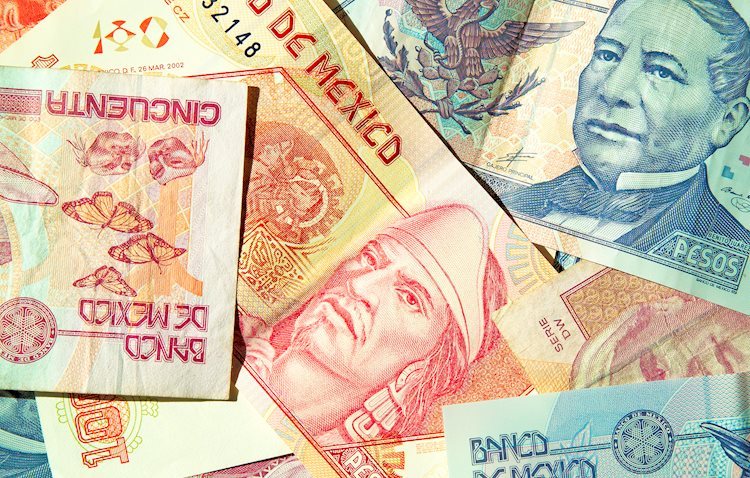The Mexican Peso experienced a second day of losses against the US Dollar, reaching a peak of 19.74. This decline was attributed to the decision by the Bank of Mexico, known as Banxico, to cut interest rates to 10.50%. This move weakened the Peso as economic activity cooled and inflation projections for 2024 rose. In the US, the Personal Consumption Expenditures (PCE) Price Index showed lower inflation in August, but core PCE remained within the Federal Reserve’s comfort range of 2%-3%.
The recent data in Mexico and the US influenced the USD/MXN trading at 19.72, a 0.50% gain. The core PCE in the US, which excludes volatile items like food and energy, ticked up slightly but remained within the target range. Personal Spending, Personal Income, and the University of Michigan Consumer Sentiment all showed signs of deceleration or improvement. Banxico’s decision to cut interest rates was in response to weakening economic activity, pressure on the labor market, and cooling inflation, though they maintain that inflation will reach the target by the end of 2025.
As Mexico prepares for a change in presidency on October 1, market participants are watching for President-Elect Claudia Sheinbaum’s economic plans. The Balance of Trade in Mexico showed a larger deficit than expected, impacting the Peso. US inflation data for August and September, along with expectations for a Fed rate cut, influenced the USD/MXN trading. The USD/MXN trended upward to 19.74, with a potential for further gains.
The factors affecting the value of the Mexican Peso include the country’s economic performance, central bank policy, foreign investment, and remittances. Macroeconomic indicators, such as interest rates and economic data releases, play a significant role in influencing the Peso’s valuation. The MXN tends to respond positively to higher interest rates and strong economic growth, while risk-on periods benefit the currency. As an emerging-market currency, the MXN can experience fluctuations based on market sentiment and economic conditions.
Banxico’s decision to cut interest rates to 10.50% had an impact on the Mexican Peso, which weakened against the US Dollar. The PCE inflation data in the US, along with core PCE remaining within the Fed’s target range, contributed to the USD/MXN trading at 19.72. While economic indicators and geopolitical factors can influence the Peso’s value, market participants are closely watching for developments in Mexico and the US that could impact the currency’s performance in the coming days.











